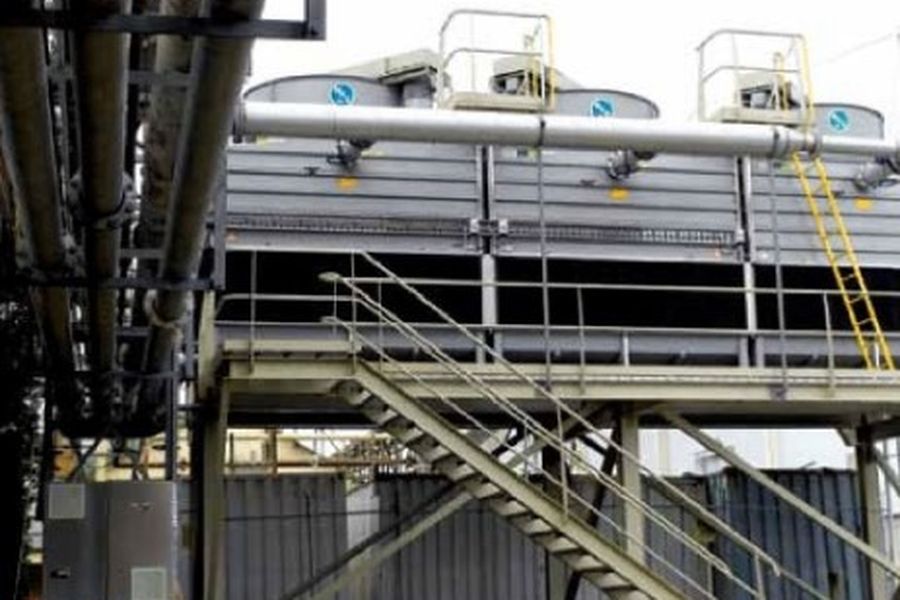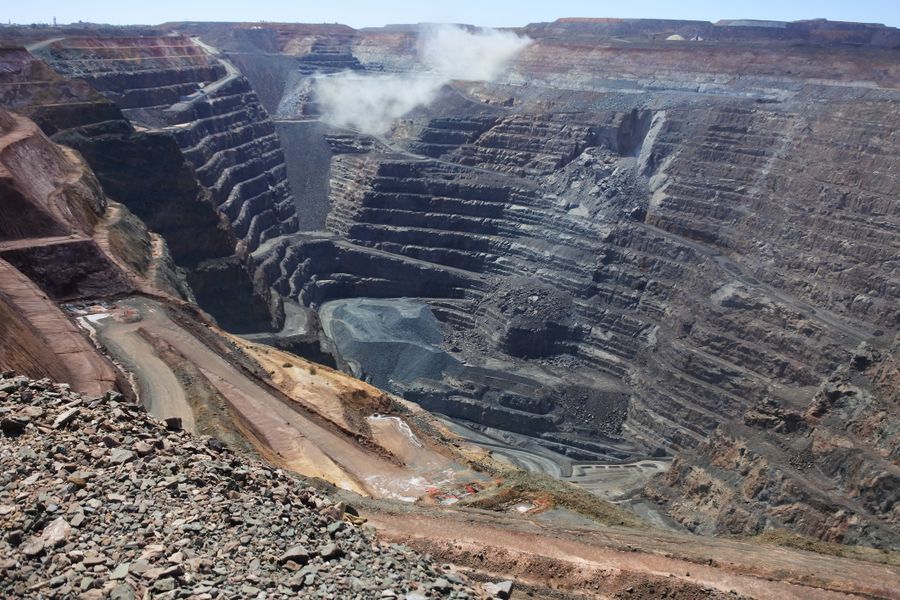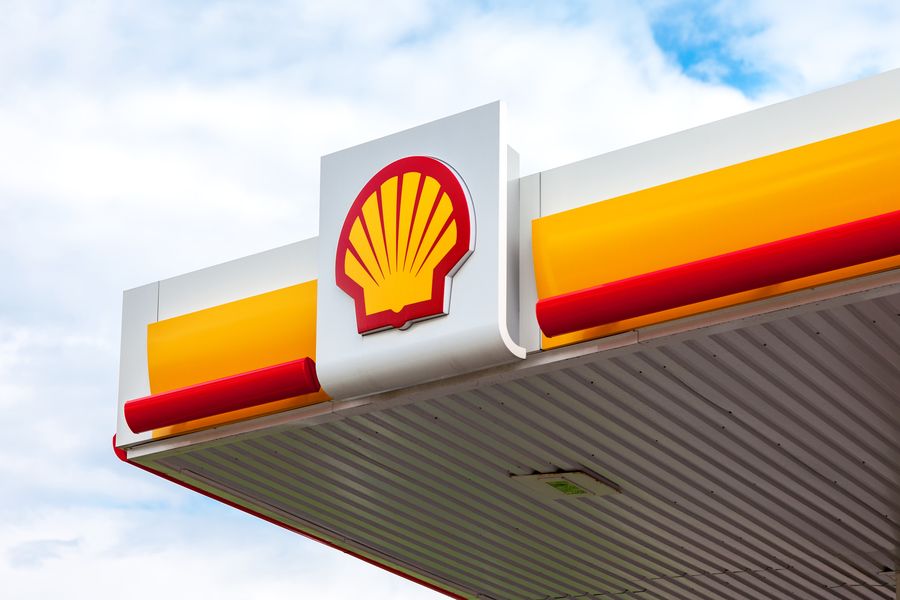Manufacturing

With a little inspiration and innovation, there are many opportunities to reduce water consumption in heavy manufacturing operations, without reducing production!
The heavy manufacturing industry is a significant user of water in Australia. Key areas of water use include:
- Plant and equipment cooling
- Product cleaning and preparation
- The application of paint and dyes
- Product cooling
- Equipment and site wash down
5 steps to use the right amount of water!
- Appoint a water conservation team
- Investigate how water is being used around the site
- Install water meters
- Establish goals for water conservation
- Develop and implement water saving initiatives

Where can you be water wise?
- Identifying and eliminating wastage (such as leaks) and inefficient processes (such as continual spray devices on stop-start production lines). This may be the most low cost area for water savings, as it involves minimal capital outlay. Savings can be made through implementing procedural changes, such as cleaning plant areas with brooms rather than water.
- Changing processes and plant machinery. A retrofit of key plant equipment may increase efficiency. Alternatively, upgrades to more efficient models can be factored in to planned maintenance and replacement schedules.
- Reusing wastewater. As well as saving on mains water, this option may improve the reliability of supply, whilst reducing trade waste charges and associated environmental risks.
- Identify and prioritise the major water using practices, and the opportunities for reusing wastewater.
- Conduct a water audit of the site. This may involve a detailed inventory of existing plant, equipment and plumbing, and operational procedures. Advice on conducting water audits is provided in the texts listed in the resources section. Alternatively, many water retailers offer water audits as part of their business support services.
- Brainstorm possible solutions, using members of the water conservation team and experts on water conservation and cleaner production. The findings and recommendations from the water audit are a good place to start.
- Develop a standard reporting procedure for water issues. This should include: - Total water use over a defined period (week, month, quarter) - Water use performance of major plant and processes - A comparison to previous water use patterns and identified goals - Issues that need addressing (such as leaks), and responsibilities for action.
- Establish a water conservation education program that encourages all staff to use water sparingly.
- Use water meter data and reports to identify leaks early.
- Make sure water sprayers and jets turn off when the production line halts or ceases. Use timers or motion sensors to do this.
- Clean plant areas and paths with brooms rather than water.
- Identify processes where the discharged water can be reused. This includes water from equipment cleaning, filtered backwash water, final cooling and cleaning water, and water used for transport
- Use rainwater, dam water or process water to supplement fresh makeup water for cooling towers.



